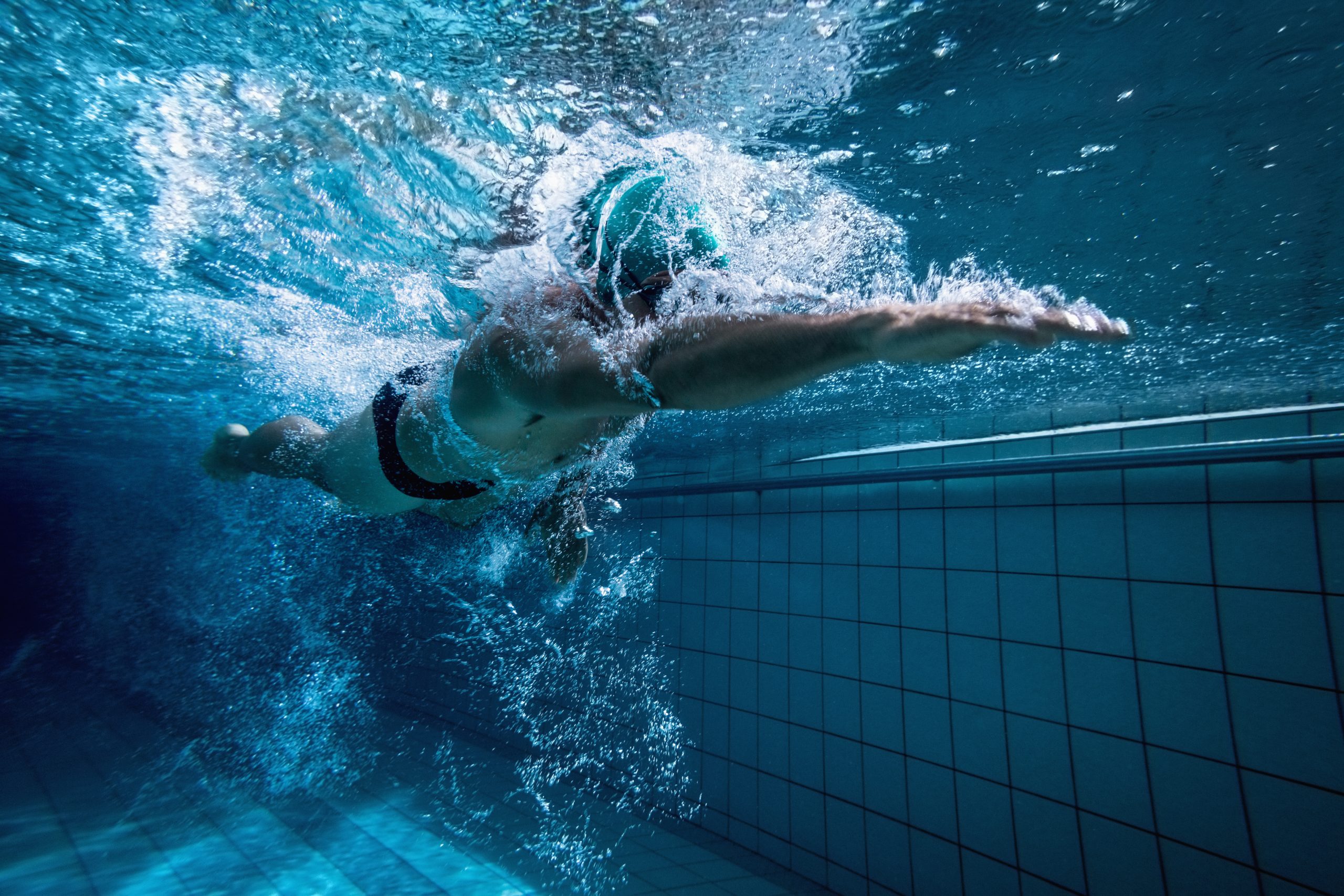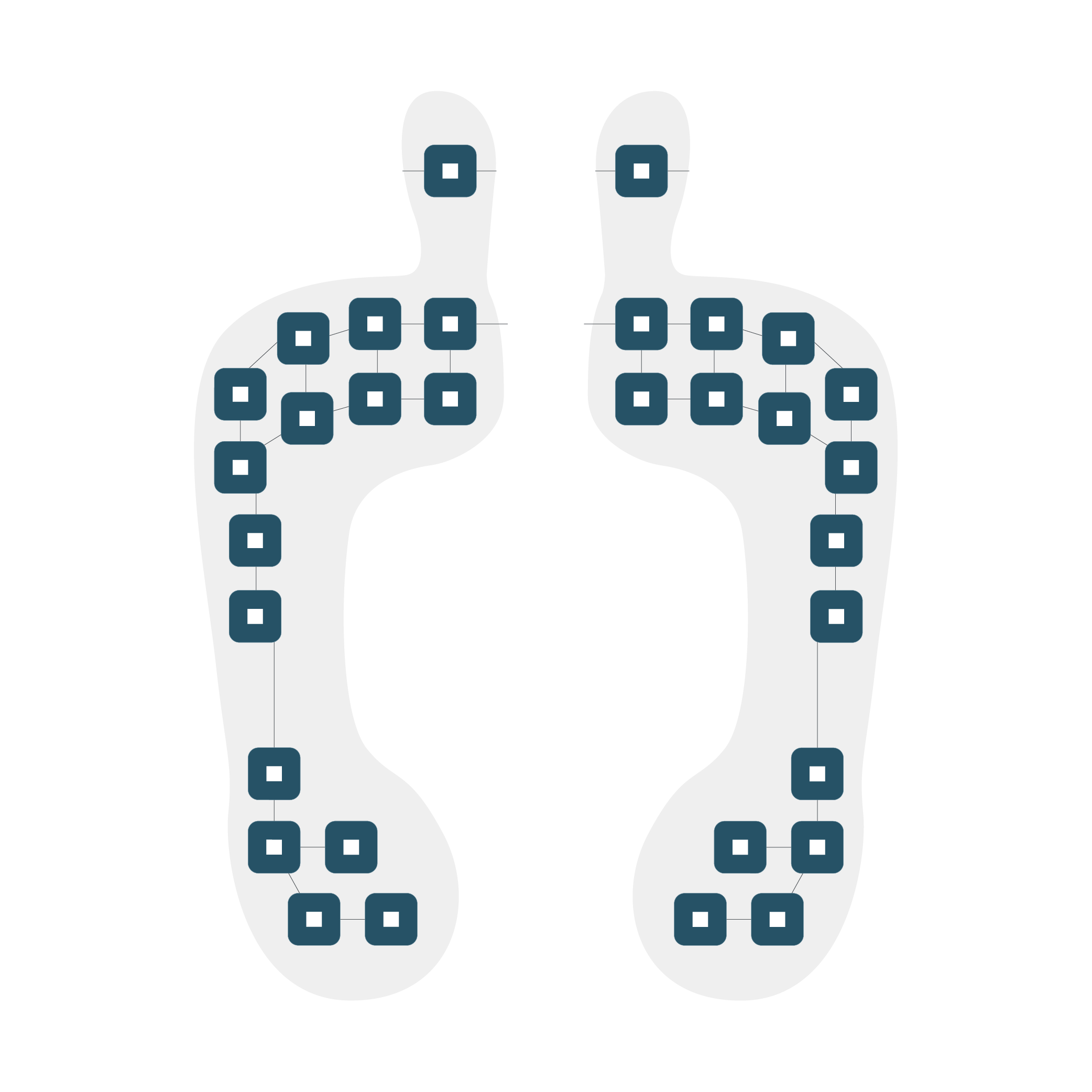Athlete performance monitoring has seen significant advancements over the past few decades, and one of the most groundbreaking technologies contributing to this progress is the use of IMU sensors. These sensors, which combine accelerometers, gyroscopes, and sometimes magnetometers, provide detailed insights into an athlete’s movement and biomechanics. Here, we will explore how IMU sensors are transforming athlete performance monitoring, from the basics of IMU technology to its applications, benefits, and future potential.
Understanding IMU Sensors
What are IMU Sensors?
Inertial Measurement Unit (IMU) sensors are devices that measure and report a body’s specific force, angular rate, and sometimes the magnetic field surrounding the body. They are composed of three main components:
- Accelerometers: Measure linear acceleration.
- Gyroscopes: Measure angular velocity.
- Magnetometers: Measure the magnetic field to provide orientation.
IMUs are capable of capturing high-frequency data in three-dimensional space, making them invaluable for monitoring dynamic movements.
How Do IMU Sensors Work?
IMU AI sensors work by detecting changes in motion and orientation. Accelerometers sense changes in velocity, which allows them to measure the force acting on the sensor in three dimensions. Gyroscopes detect rotational movements, providing data on angular velocity. Magnetometers can help correct any drift in the orientation data by detecting the Earth’s magnetic field, ensuring accurate measurement over longer periods.
Applications of IMU Sensors in Sports
Movement Analysis
IMU sensors are extensively used in analyzing athletes’ movements. By attaching sensors to different parts of an athlete’s body, coaches and sports scientists can gather data on joint angles, limb velocity, and acceleration. This data helps in understanding movement patterns, identifying inefficiencies, and improving technique. A perfect example is shown in this case study where wearable sensors were worn by Olympian-level tennis players to analyze their techniques. Using highly precise algorithms, the data was analyzed to provide insights on how different variables affect game play and what could be done to improve player technique.
Injury Prevention
Monitoring an athlete’s biomechanics can help in predicting and preventing injuries. For instance, in sports like basketball or soccer, IMU sensors can detect abnormal movement patterns that may indicate a risk of injury. By addressing these issues early, athletes can modify their training regimens to avoid potential injuries. In this way, wearable IMU systems help athletes maintain optimal performance and longevity in their careers.
Performance Enhancement
IMU sensors provide real-time feedback, which is crucial for Athlete Performance Monitoring and performance enhancement. Athletes can receive immediate data on their form and technique, allowing them to adjust on the fly. This capability is particularly beneficial in sports that require precise movements, such as gymnastics, diving, or figure skating.
Rehabilitation
During the rehabilitation process, IMU sensors can track an athlete’s recovery progress. By providing objective data on movement quality and range of motion, these sensors help therapists tailor rehabilitation programs to the athlete’s specific needs, ensuring a quicker and safer return to play.
Benefits of IMU Sensors in Athlete Performance Monitoring
High Precision and Accuracy
IMU sensors offer high precision and accuracy in measuring motion parameters. This accuracy is crucial for detailed biomechanical analysis, which can lead to more effective training and performance improvement.
Real-time Data Collection
One of the significant advantages of smart sensors is their ability to collect real-time data. This feature allows athletes and coaches to receive immediate feedback, facilitating quick adjustments and iterative improvements in training sessions.
Versatility
These sensors are versatile and can be used across various sports. Whether it’s tracking the swing of a golfer, the stride of a sprinter, or the technique of a swimmer, IMU sensors can provide valuable insights regardless of the sport.
Non-intrusive Monitoring
These sensors are small, lightweight, and can be easily attached to an athlete’s body or equipment and are known as miniature IMUsensors. This non-intrusive nature ensures that athletes can perform naturally without being hindered by bulky monitoring equipment.
Cost-Effective
Compared to other sophisticated motion capture systems, IMU sensors are relatively cost-effective. This affordability makes advanced performance monitoring accessible to a broader range of athletes and sports organizations.
Case Studies and Examples
Elite Track and Field Athletes
In track and field, IMU sensors are used to analyze sprinters’ biomechanics. By attaching sensors to the legs and torso, coaches can assess stride length, frequency, and symmetry. This data helps in optimizing sprinting techniques, leading to improved performance and reduced injury risk.
Professional Soccer Teams
Soccer teams utilize smart sensors to monitor players’ movements during training and matches. By tracking parameters such as acceleration, deceleration, and change of direction, coaches can better understand players’ physical demands and tailor training programs to enhance performance and prevent injuries.
Rehabilitation of Injured Athletes
These sensors play a crucial role in the rehabilitation of injured athletes. For example, a basketball player recovering from an ankle sprain can use such sensors to monitor range of motion and ensure proper movement patterns during rehab exercises. This monitoring helps in preventing re-injury and promotes efficient recovery.
The Future of IMU Sensors in Sports
Integration with Other Technologies
The future of IMU sensor fusion in sports looks promising, with potential integrations with other technologies such as artificial intelligence (AI) and machine learning. Combining IMU data with AI can lead to more advanced analytics and predictive models, providing deeper insights into athlete performance and injury prevention.
Enhanced Wearable Devices
As technology advances, these sensors will continue to become more compact and efficient. This progress will lead to the development of enhanced wearable sensors that offer even greater precision and more features, such as advanced motion capture and detailed biomechanical analysis.
Broader Accessibility
With the decreasing cost of IMU technology, it is expected that these sensors will become more accessible to amateur athletes and grassroots sports organizations. This democratization of performance monitoring technology will enable athletes at all levels to benefit from the insights provided by IMU sensors.
Personalized Training Programs
The data collected by these sensors can be used to create highly personalized training programs. By analyzing an individual athlete’s unique movement patterns and biomechanics, coaches can design training regimens that target specific areas for improvement, leading to more effective and efficient training.
Conclusion
IMU sensors are revolutionizing the way athlete performance is monitored and analyzed. Their ability to provide precise, real-time data on movement and biomechanics makes them invaluable tools for improving performance, preventing injuries, and aiding in rehabilitation. As technology continues to advance, the potential applications and benefits of IMU sensors in sports will only grow, paving the way for a new era of performance monitoring and enhancement. Whether you are a professional athlete, coach, or sports scientist, embracing IMU technology can provide the competitive edge needed to excel in the ever-evolving world of sports.

